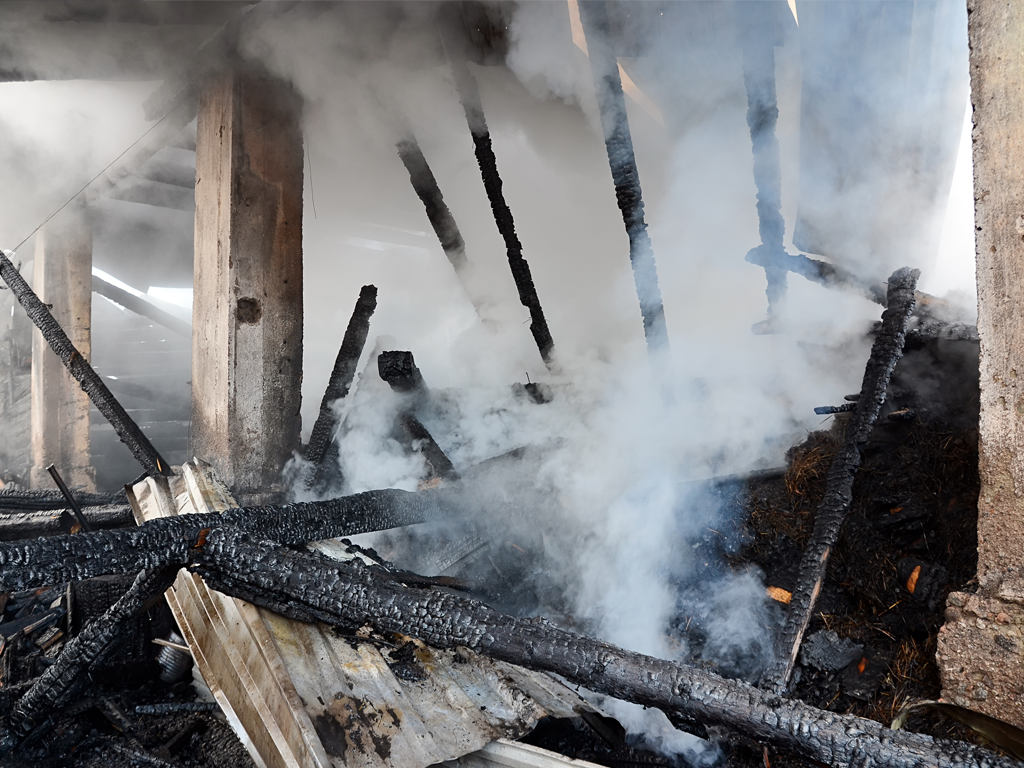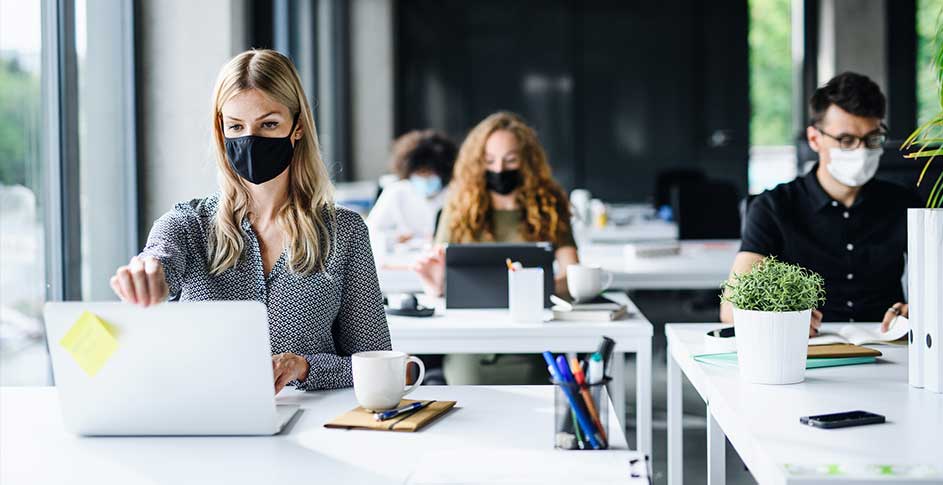Right after the COVID-19 pandemic, we predicted the government would continue to fund better indoor air quality. When it comes to pathogens, that prediction has yet to be fully realized. When it comes to wildfire smoke, however, the government appears to be loosening the purse strings.
The Rise of Wildfires
We’ve spoken about the rise of wildfire smoke several times before. Here is a brief refresher on the current issues:
1. Wildfires Are Getting Worse
Most of the American West is experiencing higher-than-average temperatures combined with lower-than-average precipitation. Back in spring, we suggested this would result in more wildfires. As of July 17th, 2024, there are “59 large active wildfires are currently being managed nationwide, and have burned 966,923 acres” according to the National Interagency Fire Center. Don’t expect this year to be a fluke. Research suggests that wildfires will continue to increase in number and severity over the next few decades.
2. Wildfires Do Wild Things to the Brain and Body
Because wildfires burn everything in their path, the resulting smoke is a unique cocktail of impurities. This has an outsized effect on the brain. Breathing in wildfire smoke can reduce cognition and increase rates of incident dementia. In the case of the latter, this effect is greater than that seen from the inhalation of most other forms of particulate pollution.
Pollution from wildfire smoke isn’t kind to the body either. The various particulates and volatile organic gases released by wildfires have been associated with everything from asthma to cardiovascular failure.
3. Our Indoor Spaces Aren’t the Refuge They Should Be
Because of said prevalence and effects, it is vital that indoor spaces become a refuge from wildfire smoke. However, this refuge is more difficult to create than you might think. If a building is improperly ventilated, wildfire smoke can get in. If a building is too tightly sealed, it traps contaminants indoors while spiking carbon dioxide. Creating an indoor refuge involves a calibrated collaboration between ventilation, filtration, energy efficiency, and air purification. Such a perfect balance may be the privilege of those with sufficient financial resources, but many individuals and organizations could use additional help with incremental improvements.
Grants Related to Wildfire Smoke
Here are 3 recent government grants directly or indirectly related to making the indoors a refuge from wildfire smoke.
Wildfire Smoke Preparedness in Community Buildings Number: EPA-OAR-ORIA-23-04 Closing Date: May 9, 2023
This grant was used to smoke-proof public buildings in high-risk communities. Though its funding has already been awarded, the literature for this program lays out the problems of wildfire smoke quite clearly. If you have any doubts about how we summarized the problem above, we encourage you to review their even darker summary:
“Over the past 20 years, the number of acres burned annually due to wildfires in the U.S. has doubled[...]Smoke plumes can have impacts over a large portion of our population, and the health impacts of wildfire smoke are significant, ranging from eye and throat irritation to asthma attacks, cardiovascular events, and even premature death. Many communities in the U.S. experience smoke from wildfires for days, weeks, or even months in a given year and over multiple fire seasons.[...]Buildings are varied and do not all provide the same level of protection against wildfire smoke.”
The grant money can be used for portable air cleaners, albeit not technologies such as photohydrolysis. This is fine with us, as many of our purifiers also contain HEPA filters (which do qualify).
Fiscal Year 2024 Regional Catastrophic Preparedness Grant Program Number: DHS-24-GPD-111-01-99 Closing Date: July 25, 2024
As its name suggests, this program focused on preparing for natural disasters — presumably including wildfires. While applications are already closed (and only open to local governments) government projects tend to result in increased business for private contractors.
Unlike previous fiscal years, “applicants are now permitted to select just one of the [3] focus areas (housing, community resilience, OR long-term vulnerability reduction) on which to concentrate their project proposal.” In other words, some winning projects may be focused exclusively on resilient housing — something we take a keen interest in.
Environmental and Climate Justice Community Change Grants Program Number: EPA-R-OEJECR-OCS-23-04 Closing Date Nov. 21, 2024
This wide-ranging grant supports programs for disadvantaged communities, as managed by nonprofits and local governments. One possible use involves “reducing indoor toxins and indoor air pollution.” This includes updating building filtration “systems that improve indoor quality in schools, community-serving buildings, and single-and-multifamily homes.” Sounds like something our products can be a part of.
Conclusion
If the government is addressing wildfire smoke, you should be too. And you don’t have to wait for these public grants to trickle down. We have multiple portable “Plug & Play” air cleaners available with True HEPA filters to address woodsmoke particles. Our photohydrolysis technology can also help neutralize the VOC gases released during wildfires, in addition to common pathogens. Invest in such purifiers now — along with other forms of building preparation — and you’ll be ahead of the game when disaster hits.
Already in the middle of a disaster and can’t wait for delivery? Learn about emergency DIY purifiers below.



